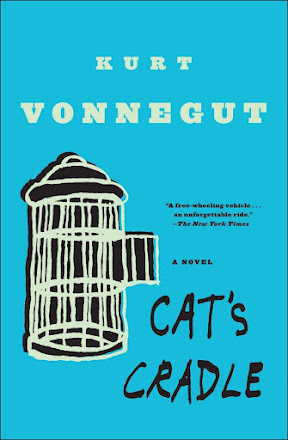2 B R 0 2 B (audiobook) by Kurt Vonnegut

Originally published in 1962 in the magazine If: Worlds of Science Fiction. Published in 2017 by Author's Republic. Read by Phil Chenevert Duration: 19 minutes. Unabridged. 2 B R 0 2 B is set in a future world where the population is kept at a strict limit so that the living can live in a clean and safe environment. When a new person is born into the world, someone must volunteer to leave because aging has pretty much been cured. The Federal Bureau of Termination keeps track of all of the births and deaths to be sure that the math works out. The phone number for the Federal Bureau of Termination is 2 B R 0 2 B - pronounced "two be or naught to be." The story is about a father whose wife is about to give birth to triplets. One of the grandparents of the triplets has agreed to die. Unless something changes, the future parents will have to pick out two babies to kill... This is an intentionally provocative short story that had a quick and brutal ending that surprised me. ...





_-_Kurt_Vonnegut.jpg)











